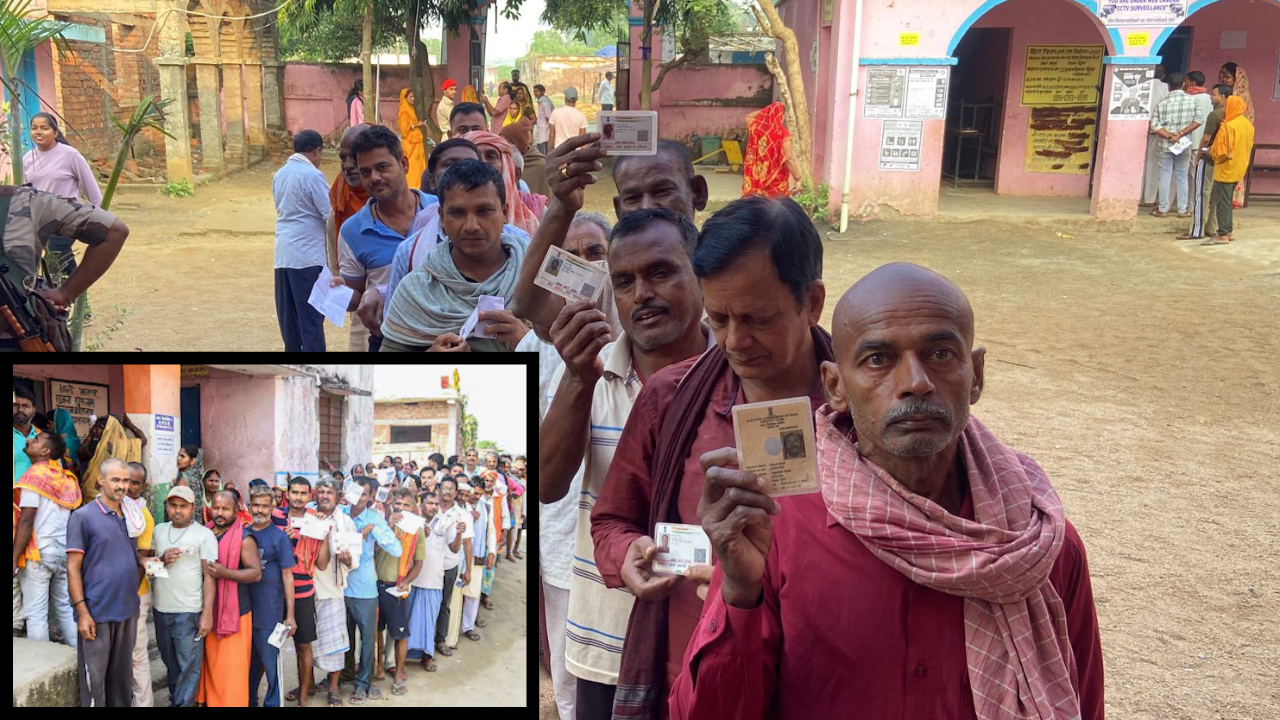 English
English

With phase 2 of Bihar Election 2025 underway, the mass return and delayed departure of migrant workers from the state is positioning them as potential influencers over family and local vote. Are they now power brokers from afar?

Over 3.7 crore voters are eligible.
Patna: As polling for the second phase of the Bihar elections 2025 begins, a compelling phenomenon has come into sharper focus: the role of migrant workers originally from Bihar, who typically travel to other states for work and return home during festivals. Many of them came back for Chhath Puja, and instead of immediately departing, some remain and actively urge their families to vote. According to veteran strategist Prashant Kishor, these returnees are the “X factor” in the state’s electoral landscape.
Their ability to influence relatives still at home gives them a kind of remote control over voting behaviour, especially in constituencies with high out-migration.
Both new and established parties are making specific moves to target migrant populations. The Bharatiya Janata Party (BJP) has reportedly mapped out a strategy to connect with up to three crore migrant Biharis residing in other states, encouraging them either to return and vote or to exert influence back home. Meanwhile, the newly-launched Jan Suraaj Party, led by Kishor, appears to have struck a chord with these migrants, analysts say the party has higher resonance among Biharis living outside their home districts than within the state.
This focus on non-resident citizens signals a shift in campaign strategy: not just capturing locals in the booth but also tapping into the broader diaspora’s social and familial networks.
Bihar Election 2025 Phase 2: Who will dominate the Seemanchal battleground?
While the migrant influence narrative is gaining traction, experts caution against overestimating its effect. For every migrant family exerting influence, there are entire neighbourhoods and communities tied closely to local leadership, caste equations, and traditional patronage. The Jan Suraaj Party’s popularity among the diaspora might not fully translate into electoral victories in home constituencies.
Moreover, logistical challenges abound: many migrants may still be counted as voters on rolls elsewhere, may not stay long enough to vote, or may face obstacles in returning. One report notes that nearly two million migrant workers might leave the state after Chhath, potentially impacting turnout and influence.
Bihar Election 2025 Phase 2 Begins: Will Nitish Kumar’s ministers retain their seats?
With voting underway for 122 assembly seats in the second phase, attention will turn to whether constituencies with high out-migration show marked differences in turnout, vote swings or party performance. If migrant families played a role, we might see higher than expected mobilisation in certain pockets or surprise shifts against the established vote banks.
Conversely, if local voter behaviour prevails, the migrant narrative may prove more symbolic than decisive.